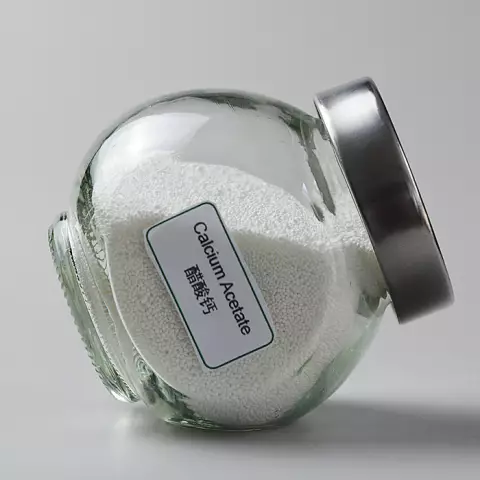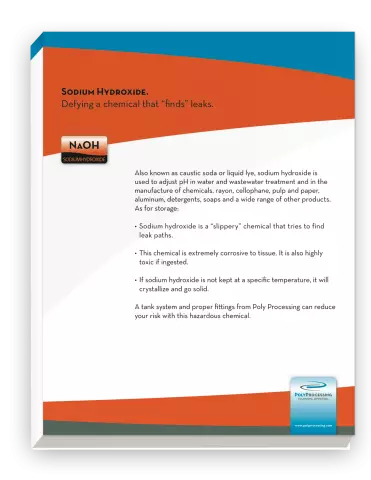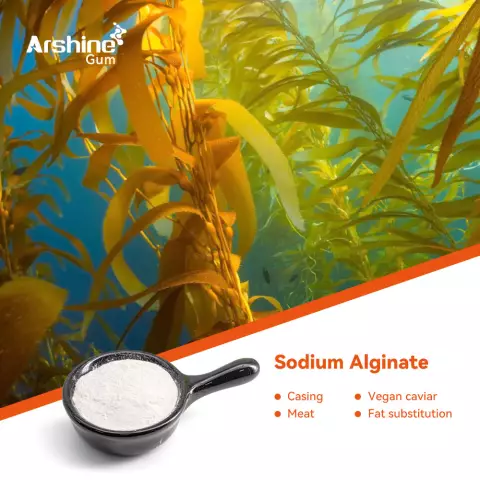- Author Rachel Wainwright [email protected].
- Public 2023-12-15 07:39.
- Last modified 2025-11-02 20:14.
Sodium acetate

Sodium acetate is one of the acetic acid salts. This substance is widely used as a preservative in food production under the name of food additive E-262.
Obtaining sodium acetate
In the industry, sodium acetate is obtained by dry distillation of wood. But almost every one of us at least once in our life carried out a chemical reaction in the kitchen to obtain sodium acetate. This is the usual extinguishing of baking soda with acetic acid! The reaction equation for sodium acetate production looks like this:
NaHCO 3 + CH 3 COOH = CH 3 COONa + H 2 CO 3
As a result, sodium acetate and carbonic acid are formed, which is an extremely unstable compound that decomposes almost immediately into water and carbon dioxide. Therefore, it can be said that as a result of the interaction of acetic acid and baking soda, an aqueous solution of sodium acetate is formed, from which it is possible to obtain a crystalline form of this substance by evaporation.
Properties of sodium acetate and its distribution in nature
Sodium acetate is a colorless crystalline substance with a faint acetic acid odor. Its crystals are slightly soluble in alcohol and ether, but dissolve well in water, forming a solution of sodium acetate. Non-flammable, low toxicity.
Sodium acetate is widely found in nature. This substance is part of both animal and plant cells. Most fruits, along with natural acids, contain sodium acetate. It is also formed during bacterial fermentation, so it can always be found in any fermented milk products.
Application of sodium acetate

Sodium acetate is widely used in the food industry. It is added to flour to protect baked goods from the "potato disease" caused by Bacillus mesentericus. In addition, this food additive is added to any canned vegetable, because it softens well the excessively pungent taste of acetic acid. Sodium acetate is often used as a food additive and in the production of chips, to which it imparts a pleasant, slightly vinegar-smelling aroma and taste.
Sodium acetate is included in the list of food additives approved for use in all European countries, including Russia and Ukraine.
Due to the low toxicity property of sodium acetate, it is believed that a healthy person can eat it in any quantity. Therefore, in Russia, the maximum daily dose for the use of this substance has not been established.
In addition to the food industry, sodium acetate is used in medicine (it is part of a number of diuretics and some other drugs), in construction, chemistry, the textile industry, electroplating and photography.
Dangerous health properties of sodium acetate
Despite the fact that sodium acetate is a substance with low toxicity, it can still be harmful to human health. You should not eat foods containing food supplement E-262 for people suffering from vegetative-vascular dystonia, arterial hypertension, dysbiosis, as well as diseases of the urinary tract, intestines, gallbladder, liver.
The danger of eating sodium acetate is that in the intestines it can be converted into very toxic nitrates, which also have a carcinogenic effect. The results of repeated scientific studies have shown that excessive consumption of sodium acetate several times increases the risk of malignant neoplasms, as well as fairly strong allergic reactions.
In addition, high doses of sodium acetate can lead to toxicity. Its features are:
- Headache and dizziness;
- Sudden abdominal pain;
- Pallor of the skin and mucous membranes;
- Convulsions;
- Coordination disorders;
- Difficulty breathing
- Fainting.
Sodium acetate should not be used in the manufacture of foods intended for children's nutrition. Therefore, if on the packaging of the product you see that it contains the food supplement E-262, then refuse to buy it for your child.
Found a mistake in the text? Select it and press Ctrl + Enter.






